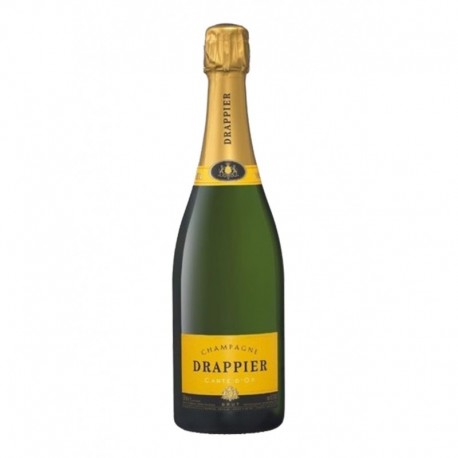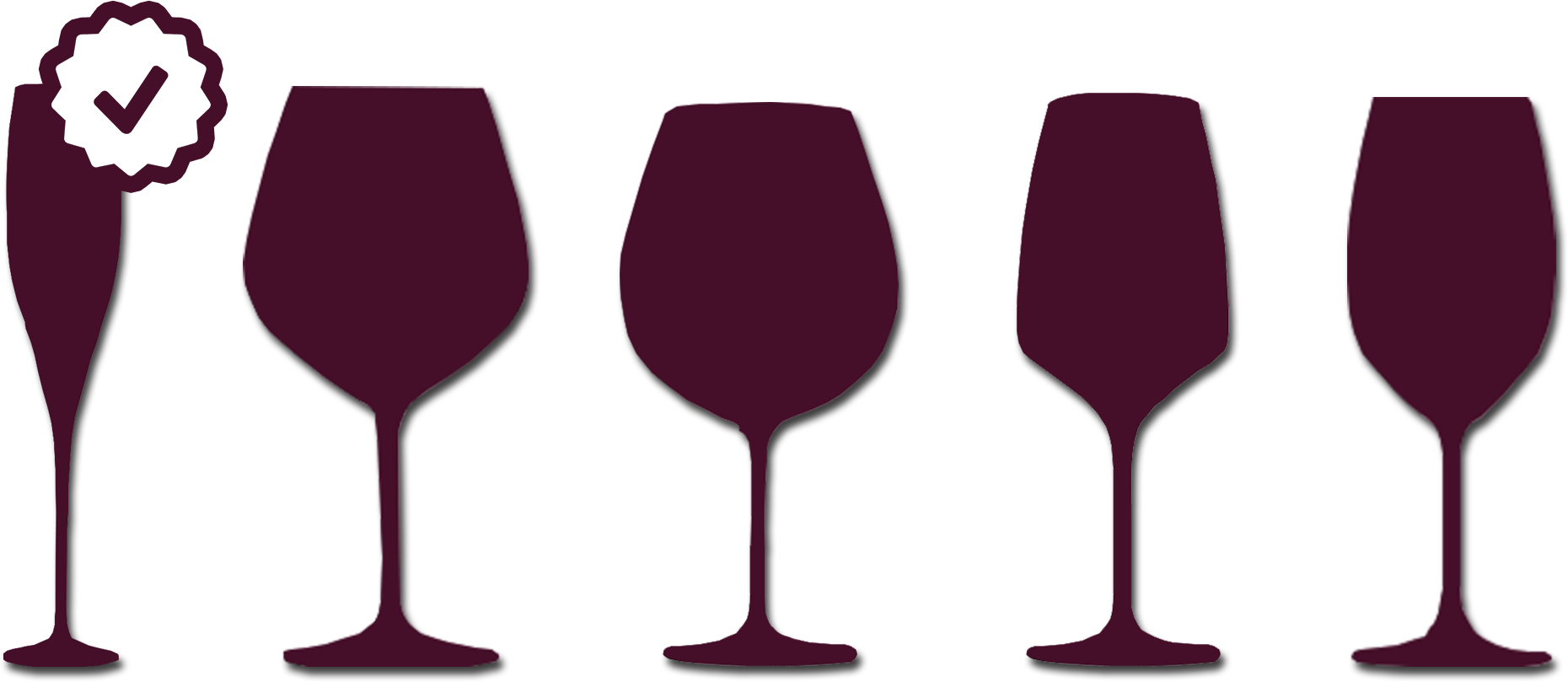No products






Drappier Champagne Carte d'Or Brut
| Region | Champagne |
| Appellation | Champagne |
| Producer | Drappier |
| Color | White |
| Grape variety | Pinot Noir (90%)Chardonnay (7%)Pinot Meunier (3%) |
| Visual aspect | Golden color with copper highlights |
| Odor characteristic | A nose with notes of strawberries, red berries. |
| Taste attributes | frank and lively attack and notes of dried fruit, ripe fruit and a hint of spice |
| Aromas | Fruity |
| Type of terroir | Côte des Bar |
| Breeding container | High partially undergrowth |
| Operating temperature | 12° |
| Aeration | Non |
| Decanting | Non |
| Dosage | Brut (entre 6 et 12 g/l) |

24 bottles in stock
The Drappier moved in 1805 from Reims to Urville small town in the Aube, and they made their vineyard from 1808. In forty hectares, it flourishes on beautiful limestone slopes, with strong proportion of Pinot Noir (70%) completed equally Chardonnay and Pinot meunier. 35 hectares of Chardonnay and Pinot Noir Cramant of the Reims Mountain supplement supplies. The vines have, historically, been grown in a philosophy that is now called "organic" and winemaking are little interventionnistes.André Drappier and his son, Michael, using only the first pressing and alcoholic fermentation as well malolactic takes place in stainless steel tanks. The slow ripening Champagne is made since 1958 in the splendid cellars of the Abbey of Clairvaux, these cellars are complemented since 1991 by a chalk cellar in Reims. If the vine was planted for the first time àUrville by the Gallo-Romans 2000 years ago, it is Saint Bernard, founder of the Abbey of Clairvaux who built our cellars 1152.Sept centuries later, in 1808, it is around this medieval testimony, beautifully preserved, where exceptional vintages of sleep, that was created on the family estate today directed by Michel Drappier. Pinot Home Black Earth, grape that "in our blood" is in Urville that was planted our vineyards, grown according to organic principles and naturel.Comme "archives" of the long history of our house we also continue to grow forgotten yet unforgettable varieties: Arbane, Petit Meslier and White True. Today, excellence sometimes overrated sophisticated, we prefer the authenticity and naturalness. Thanks to a very low dose and a very moderate use of sulphites, whose Brut Nature Without Sulfur is the outcome, we highlight the many facets of our land and our vinification.
The region lies on the departments of Aube and Marne and mainly extends slightly in Seine-et-Marne, Haute-Marne and Aisne. The vines are planted on chalky soil, rich in minerals principles which offers a lot of finesse to the wines of Champagne. The term is divided into four: the Marne Valley, the Mountain of Reims, the vineyards of the Aube and the Côte des Blancs. This single term covers a variety of champagnes. It promotes the white wines and rosé sparkling but still offers white white (including single grape variety is Chardonnay) white black (pinot noir, pinot meunier or a blend of both), and made white an assembly of these three varieties. The assay determines the type of champagne extra dry, semi-dry, rough or smooth. These wines also differ according to whether they are vintage or not. The prestige cuvées and special vintages gather all types and store in the upscale category.
The Champagne vineyards cover the departments of Aube, Marne, Aisne and some towns of Haute-Marne and Seine-et-Marne. 70% of the vineyards of the wine region of Champagne is in the Marne, 40% in the Haute-Marne and Aube and the remaining 10% are located in Seine-et-Marne and Aisne. In the Marne, the vineyards are at an altitude between 120 and 180 m on the exposed slopes of the back of the Côte de Champagne Coast of the Island of France and Côte Bar.Dans of Dawn the vines are at an altitude of between 170 and 300 m, the hills into the valleys of the Vesle, Seine, Marne and Aube.

